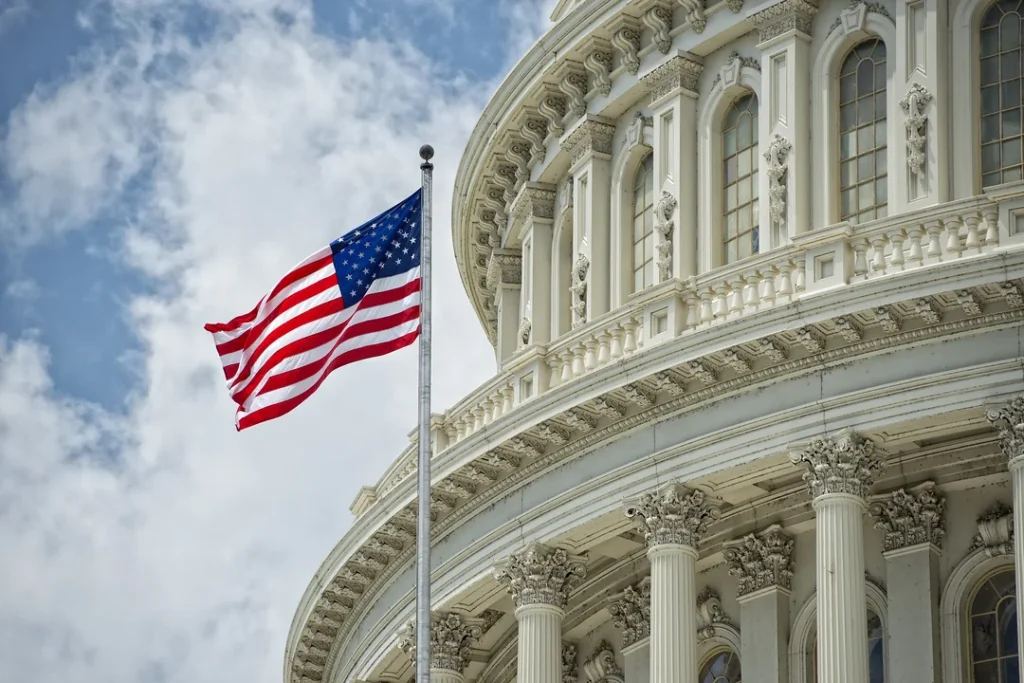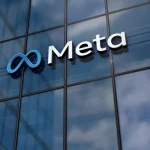US, Brookfield and Cameco Launch $80B Nuclear Partnership to Power AI Growth

- At least $80 billion committed to build new Westinghouse nuclear reactors across the United States.
- Deal grants the US government a potential 20% equity stake in Westinghouse, aligning public and private interests.
- Partnership aims to secure America’s nuclear and AI infrastructure amid rising power demand from data centers.
Washington Backs Major Nuclear Revival
The United States government has entered into an $80 billion partnership with Brookfield Asset Management and Cameco Corporation—the Canadian co-owners of Westinghouse Electric Company—to build a new generation of nuclear reactors using Westinghouse’s AP1000 technology.
Announced on October 28 in Tokyo and Pennsylvania, the agreement is one of the most consequential moves in American energy policy in decades. It aligns with President Donald Trump’s May 2025 executive orders prioritizing nuclear energy as a pillar of U.S. energy independence and as critical infrastructure for the expanding artificial intelligence economy.
The partnership seeks to accelerate reactor construction, restore America’s nuclear supply chain, and power a new wave of AI-driven data centers that are straining electricity grids nationwide.
Commerce Secretary Howard Lutnick said the administration is “focused on ensuring the rapid development and use of advanced nuclear technologies,” calling the initiative central to U.S. national security and economic competitiveness.
$80 Billion Program to Power AI Growth
At the core of the partnership is a plan to deploy Westinghouse reactors across the country. Each two-unit AP1000 project is projected to create or sustain 45,000 manufacturing and engineering jobs in 43 states, with more than 100,000 construction jobs expected from the full national rollout.
Brookfield President Connor Teskey said the deal will “unlock the potential that Westinghouse and nuclear energy can play to accelerate the growth of artificial intelligence in the United States,” while meeting surging electricity demand. Brookfield, which manages over $500 billion in assets, expects to double its U.S. infrastructure investments over the next decade to support the AI economy.

The new reactors will be used in part to power large-scale data centers, which have pushed U.S. electricity demand into its first sustained growth cycle in more than two decades. The plan aims to ensure stable, carbon-free power generation capable of meeting the computational needs of emerging AI technologies.
Profit-Sharing and Strategic Control
The deal structure allows the U.S. government to receive a 20% share of future profits once Westinghouse distributes $17.5 billion to its owners, Brookfield and Cameco. The government can convert those profits into an equity stake of up to 20% and compel an initial public offering of Westinghouse by 2029 if the company’s valuation exceeds $30 billion.
Washington will also provide financing support and help streamline permitting processes for reactor construction, seeking to de-risk large-scale nuclear investment.
The agreement comes as Japan pledges up to $332 billion to fund U.S. infrastructure, including Westinghouse’s AP1000 and small modular reactor (SMR) projects. Japanese conglomerates Mitsubishi Heavy Industries, Toshiba, and IHI could participate in up to $100 billion worth of new U.S. nuclear builds, according to a joint U.S.-Japan fact sheet released alongside the announcement.
RELATED ARTICLE: Westinghouse and Penn State to Explore Deploying Micro Nuclear Reactors
Revitalizing America’s Nuclear Supply Chain
Cameco CEO Tim Gitzel said the collaboration strengthens the existing Brookfield–Cameco partnership and positions both companies to expand global nuclear services. “This partnership supports the long-term reliable operation of Westinghouse’s technology in the U.S. and globally,” he said, emphasizing Cameco’s role as a secure Western uranium supplier.

The initiative is expected to reinvigorate the U.S. nuclear manufacturing base, which has seen decades of decline amid regulatory delays and cost overruns. The last major Westinghouse project—two reactors at Georgia’s Vogtle site—was completed seven years behind schedule at a total cost of $35 billion, more than double original estimates.
Balancing Risk and Energy Security
Despite the political momentum, challenges remain. The U.S. still lacks a permanent nuclear waste repository, and past reactor projects have faced public resistance and financing hurdles. Yet, the rising strain on power grids from AI data centers and electric vehicle manufacturing has made nuclear power a more attractive option for policymakers and investors seeking carbon-free baseload energy.
Energy Secretary Chris Wright described the partnership as part of a “grand vision to fully energize America and win the global AI race.”
Global and Strategic Implications
The deal positions the United States at the forefront of a global nuclear resurgence, as countries from the UK to South Korea look to atomic energy for energy security and decarbonization. It also deepens the integration of energy policy with industrial strategy—linking nuclear power directly to the AI economy and national competitiveness.
If successful, the U.S.–Brookfield–Cameco partnership could redefine how governments and private capital collaborate to finance large-scale, low-carbon infrastructure. It offers a model of hybrid ownership and profit-sharing that aligns long-term financial returns with national strategic goals—potentially setting the stage for a new era of public-private industrial alliances in the energy transition.
Follow ESG News on LinkedIn












